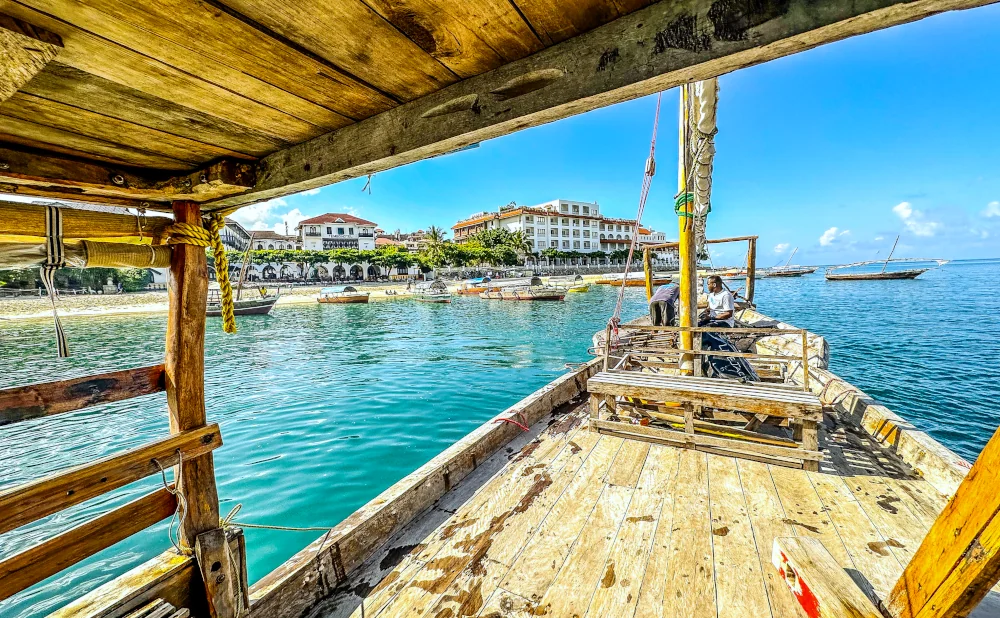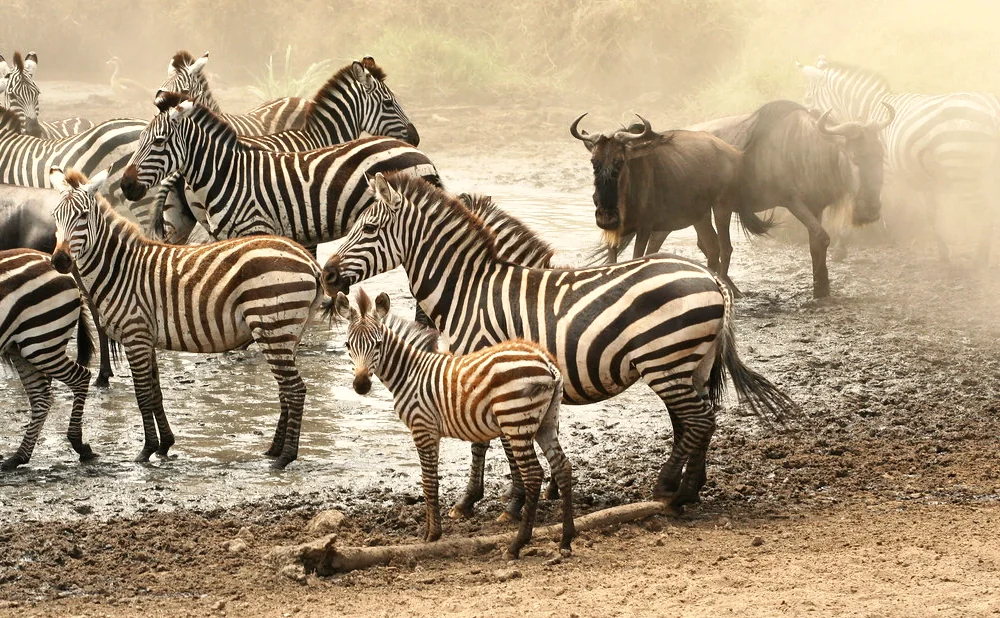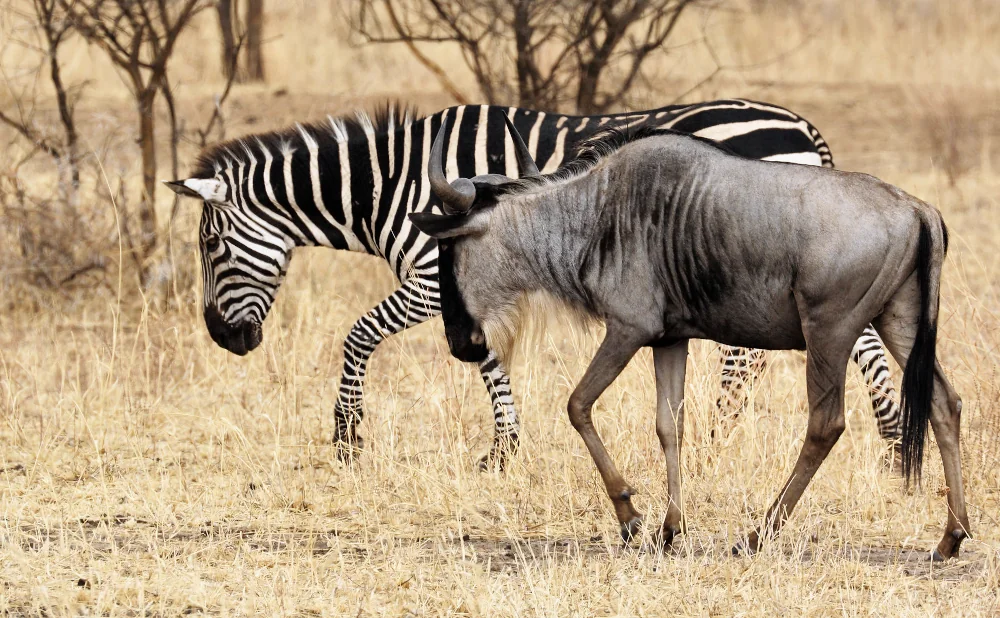Kilimanjaro National Park

Kilimanjaro National Park: A Majestic Adventure Destination
Kilimanjaro National Park, located in Tanzania, is home to Mount Kilimanjaro, the highest free-standing mountain in the world and Africa's tallest peak. Rising to 5,895 meters (19,341 feet), Kilimanjaro is a beacon for adventurers and nature lovers from around the globe. Here's a comprehensive overview of Kilimanjaro National Park:
Geography and Ecosystems
1. Mount Kilimanjaro: The park is centered around Mount Kilimanjaro, which consists of three volcanic cones: Kibo, Mawenzi, and Shira. Kibo is the highest and only cone still showing signs of activity.
2. Diverse Ecosystems: The park features a range of ecosystems, from tropical rainforests at the lower elevations to alpine deserts near the summit. These diverse environments support a variety of flora and fauna, making the park a biodiversity hotspot.
Climbing Routes
1. Marangu Route: Also known as the "Coca-Cola" route, it is the only route with hut accommodations. It’s considered one of the easier paths but can be challenging due to rapid ascent.
2. Machame Route: Known as the "Whiskey" route, it is popular for its scenic views and challenging terrain. It offers a longer, more gradual ascent, increasing the chance of acclimatization.
3. Lemosho Route: This route offers beautiful landscapes and high chances of summit success due to its longer acclimatization period. It starts on the western side of the mountain.
4. Rongai Route: Approaching from the north, this route is less crowded and drier, making it a good option during the rainy season.
5. Umbwe Route: This is the steepest and most direct route, recommended only for experienced climbers due to its difficulty.
6. Northern Circui*: The longest route, offering excellent acclimatization and stunning panoramic views. It is ideal for those seeking a less crowded experience.
Wildlife
1. Mammals: The park is home to various mammals, including elephants, leopards, buffaloes, and antelopes. Primates like blue monkeys and colobus monkeys can also be spotted in the forested areas.
2. Birdlife: Birdwatchers can enjoy sightings of over 150 bird species, including the rare Abbot’s starling and the alpine chat. The varied habitats support a diverse bird population.
3. Flora: Kilimanjaro's vegetation zones range from lush montane forests to heath and moorlands, and finally to the sparse alpine desert near the summit. Unique plant species include giant lobelias and senecios.
Activities
1. Mountain Climbing: The primary activity in Kilimanjaro National Park is trekking to the summit. The climb is non-technical, but physically demanding, requiring preparation and acclimatization.
2. Day Hikes: For those not aiming to summit, shorter hikes are available that explore the lower slopes, including visits to beautiful waterfalls and scenic viewpoints.
3. Wildlife Viewing: Although less emphasized than climbing, wildlife viewing and birdwatching are rewarding activities in the park’s diverse habitats.
4. Cultural Tours: Visitors can engage with local Chagga communities living on the mountain's slopes, learning about their culture, traditions, and farming practices.
Conservation Efforts
1. Preservation of Ecosystems: Kilimanjaro National Park is a UNESCO World Heritage Site, emphasizing the importance of preserving its unique ecosystems and biodiversity.
2. Climate Change Impact: The park faces challenges from climate change, particularly the retreat of its glaciers. Efforts are being made to study and mitigate these impacts.
3. Community Involvement: Conservation initiatives involve local communities to ensure sustainable practices and benefit-sharing, fostering a sense of stewardship among the residents.
Travel Tips
1. Best Time to Visit: The best times to climb Kilimanjaro are during the dry seasons from June to October and January to March. These periods offer the most stable weather conditions.
2. Preparation: Climbers should be physically fit and prepare for altitude acclimatization. Hiring a reputable guide service is crucial for safety and success.
3. Packing Essentials: Essential items include proper hiking gear, layered clothing for varying temperatures, hydration systems, and sun protection.
4. Health Precautions: Visitors should be aware of altitude sickness and take necessary precautions. Vaccinations and anti-malaria medications may be required.
Kilimanjaro National Park is a spectacular destination offering a range of experiences from challenging summit treks to serene nature walks and cultural interactions. Its diverse ecosystems, rich wildlife, and breathtaking landscapes make it a must-visit for adventurers and nature enthusiasts. Whether you're aiming to stand on the roof of Africa or simply explore the lower slopes, Kilimanjaro National Park promises an unforgettable adventure.










